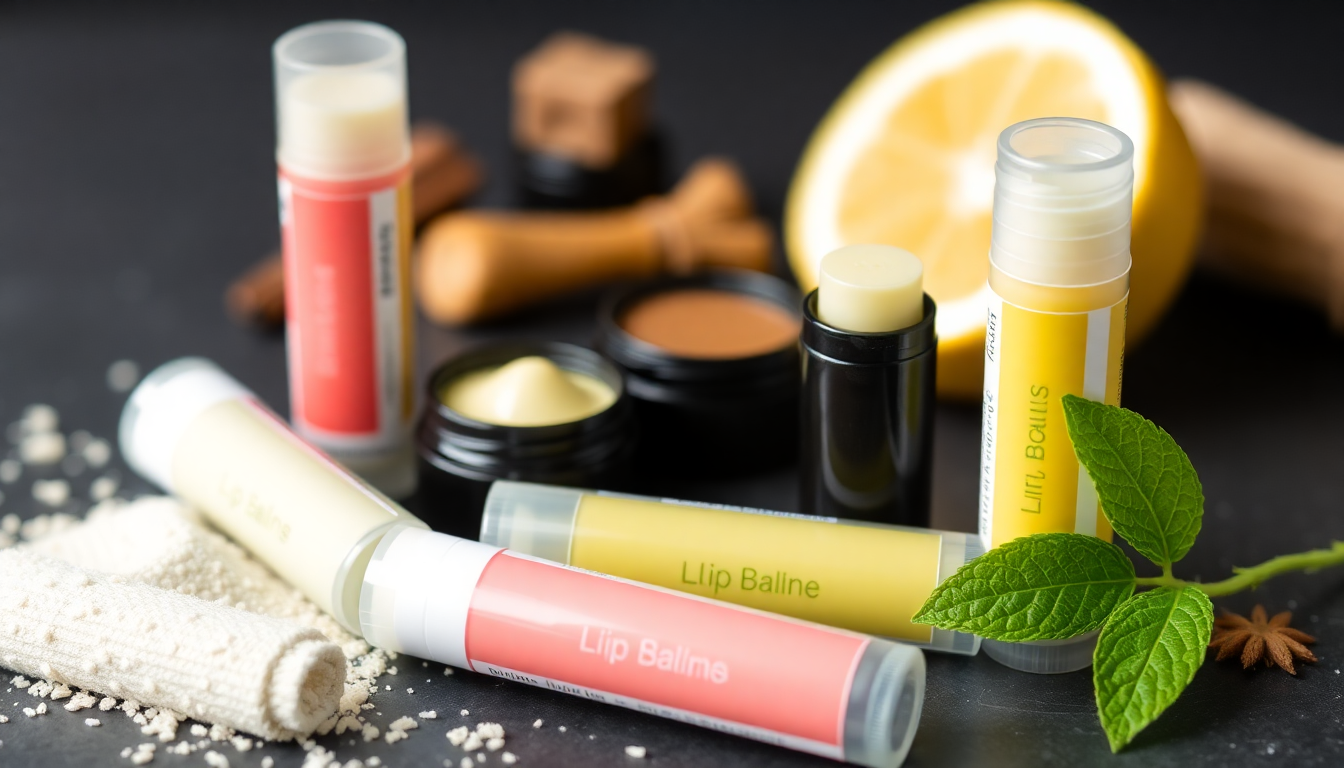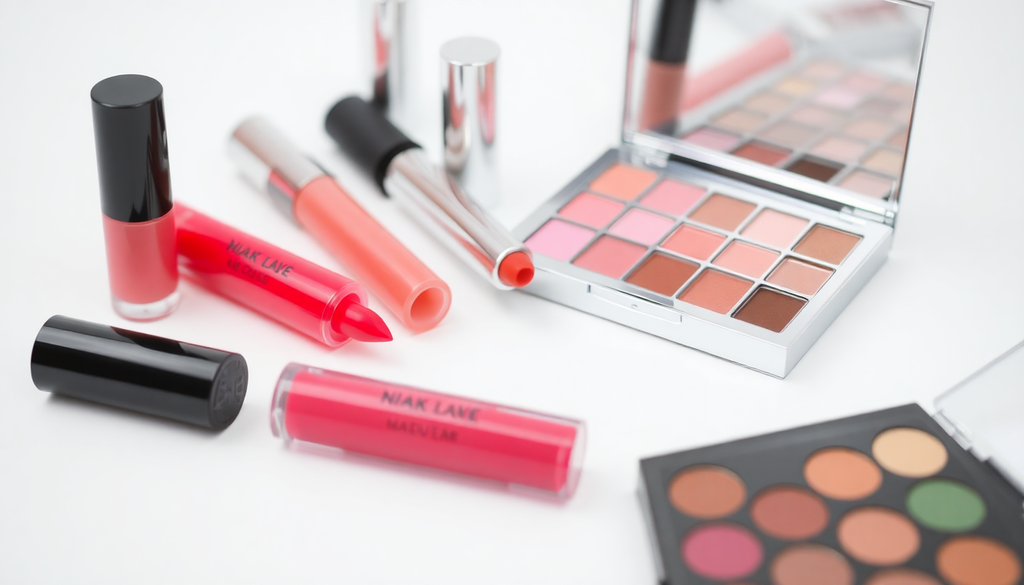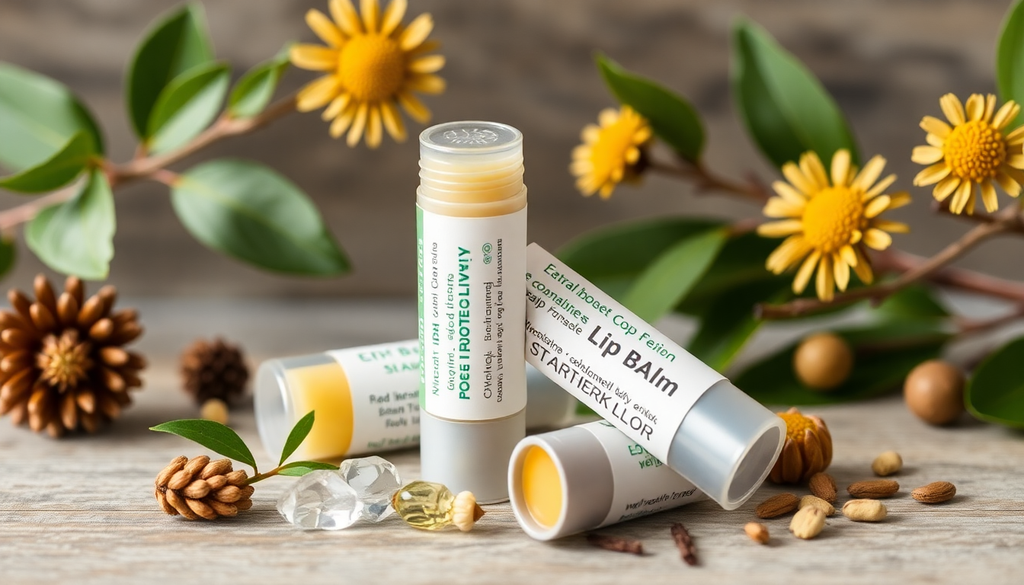
Startup Guide: How to Launch a Private Label Lip Balm That Truly Sells
Why Lip Balm Is Your 2025 Brand Launchpad (+Trend Data)
Launching a private label lip balm in 2025 is a strategic move for emerging beauty brands. The market is experiencing a resurgence, fueled by consumer demand for natural, vegan, cruelty-free, and sustainable products. Recent data from industry analysts shows that the global lip balm market grew by 12% in 2024 alone, with projections indicating continued growth through 2025 and beyond. This upward trend signals a lucrative opportunity for startups to carve out a niche with innovative formulations and compelling branding.
Consumers in 2025 are seeking multifunctional lip products—balms that hydrate, provide a hint of color, and contain beneficial ingredients—all in eco-friendly packaging. The rise of tinted balms has been particularly noticeable, with current figures showing that tinted variants now account for approximately 35% of the overall lip balm sales. This highlights a clear consumer shift towards products that combine skincare benefits with aesthetic appeal, making the category highly adaptable for new brands.
Key market insights for 2025 include:
- Rapid growth of vegan and cruelty-free offerings: Nearly 70% of consumers now prefer products that are ethically made.
- Shift towards sustainable packaging: Eco-conscious packaging options are driving brand loyalty and consumer interest.
- Color trends: Soft pinks, nude shades, and muted berries remain top choices, aligned with Pantone shades like 14-1318 (Sweet Pink) and 13-0106 (Creamy Ivory).
As a startup, understanding these trends will help you develop a product that resonates with your target audience and stands out in a crowded marketplace.
Step 1: Formula Foundations - What Beginners MUST Know
Formulating a high-quality lip balm may seem daunting, but with the right approach, it becomes manageable and rewarding. Your goal is to create a product that feels good on the lips, provides long-lasting moisture, and aligns with current consumer preferences for natural and vegan ingredients.
Essential ingredients and their roles:
- Emollients: These are your lip balm’s backbone, providing softness and structure. Popular vegan options include candelilla wax and carnauba wax, which can be used instead of beeswax to create a cruelty-free product.
- Oils: Nourishing oils like coconut oil, jojoba oil, and sunflower oil enhance texture and hydration. They also help balance the balm’s firmness and spreadability.
- Humectants: Ingredients such as aloe vera or glycerin can boost moisture retention.
- Active compounds: Vitamins E and C for antioxidant properties, or plant extracts like chamomile and green tea, add extra skin benefits.
- Flavor and scent oils: Natural vanilla, peppermint, citrus oils, or even CBD-infused options can elevate sensory appeal.
For startups working with limited budgets, sourcing bulk natural oils and waxes that are vegan and certified organic can keep costs manageable. Starting with a simple, stable formula that easily spreads and layers well on the lips is essential. **Always conduct stability testing to ensure product safety and consistency—never skip this critical step!**
Formulation tips for beginners:
- Begin with a base formulation of about 80% waxes and oils, balancing firmness with smoothness.
- Use natural preservative systems like vitamin E—avoid synthetic preservatives unless certified safe.
- Incorporate a small percentage of flavor oils for a pleasant sensory experience.
- Test for shelf stability over several months under different conditions.
Step 2: Packaging That Sells - Budget to Luxury Options
Packaging plays a pivotal role in your product's marketability. It’s the first physical touchpoint your customer has with your brand, so it must reflect your brand’s personality while also being functional, cost-effective, and eco-friendly.
Affordable packaging options:
- Squeeze tubes: Compact and convenient, perfect for on-the-go consumers. Price point under $0.80 per unit at MOQs of 5,000+.
- Twist-up sticks: Lightweight, easy to apply, and popular among minimalist branding strategies.
- Small tins or jars: Ideal for thicker, balm-like textures, generally under $1.00 per unit at moderate MOQs.
Premium packaging upgrades:
- Glass jars: Evoke luxury and eco-friendliness; ideal for tinted balms or special editions. Cost typically ranges from $2.00–$4.00 depending on size and design.
- Sugarcane or biodegradable tubes: Sustainable choices that appeal to eco-conscious consumers, often at a slightly higher MOQ (e.g., 1,000 units).
- Custom embossed packaging: Elevates your brand aesthetic but requires a larger initial investment.
Always verify minimum order quantities and lead times when selecting packaging. Partnering with a manufacturer who offers flexible MOQ options can reduce upfront costs and help you test various packaging styles before scaling up.
Step 3: Color Selection Science - From Pantone to Profit
Color is a powerful marketing tool; choosing the right shades can help your product stand out and appeal to specific consumer segments. In 2025, the trend leans toward natural, muted, and universally flattering shades that work across seasons and skin tones.
Here's how to build your initial 5-shade collection:
- Start with classic neutrals: soft pinks (Pantone 14-1318), nudes, and creams (Pantone 13-0106).
- Add seasonal shades that respond to market trends, like a muted berry or coral.
- Ensure shades are versatile enough to complement various skin tones and age groups.
- Request Pantone color code samples from your manufacturer to guarantee accurate replication.
- Consider matte, glossy, or satin finishes to diversify your collection.
Creating a balanced color palette that resonates with current trends and your brand narrative ensures better consumer engagement and sales success.
Step 4: Cost Control Tactics - Manufacturing Insider Tips
Controlling costs without sacrificing quality is key to profitability, especially in the competitive private label landscape. Here are some insider strategies:
- Bulk raw material sourcing: Ordering larger quantities of waxes, oils, and flavorings reduces unit costs significantly.
- Negotiating MOQ and pricing: Transparent communication with suppliers often results in better deals, especially when committing to longer-term partnerships.
- Packaging savings: Consolidate packaging orders to reduce shipping costs and get volume discounts.
- Sample and prototype management: Invest in small batch prototypes to refine formulas before large-scale production—minimizes costly mistakes.
- Factor in hidden costs: Certification, labeling, shipping, taxes—these can inflate your budget if not planned for early.
Maintaining a detailed budget plan and regular cost audits helps ensure your product remains profitable. Remember, affordable pricing at MOQs of 500–1000 units can be a game-changer for emerging brands aiming to test the market.
Manufacturer's Corner: How We Make Lip Balm Development Painless
Partnering with an experienced private label manufacturer simplifies every step of launching your lip balm. Our company specializes in creating custom cosmetics tailored for startups, with services spanning formulation, packaging, and logistics.
Our process is designed to be transparent and flexible:
- Initial consultation: We discuss your brand vision, target market, and product goals.
- Formula development: Leveraging your ingredient preferences and color choices, we craft prototypes for your review.
- Sampling & testing: You receive samples to test for texture, stability, and consumer appeal. We incorporate your feedback for refinements.
- Final production: Once approved, we handle full-scale manufacturing respecting your MOQ and timeline.
- Packaging customization: From selecting materials to branding, we customize the packaging to meet your aesthetic and sustainability goals.
Our dedicated team ensures the entire process is seamless, compliant with industry standards, and tailored to your specific needs. With our support, you can focus on marketing and building your brand without worrying about formulation pitfalls or supply chain hiccups.
Are you ready to start your private label lip balm journey? Request our lip balm starter kit today and turn your vision into a market-ready product in 2025!
**

